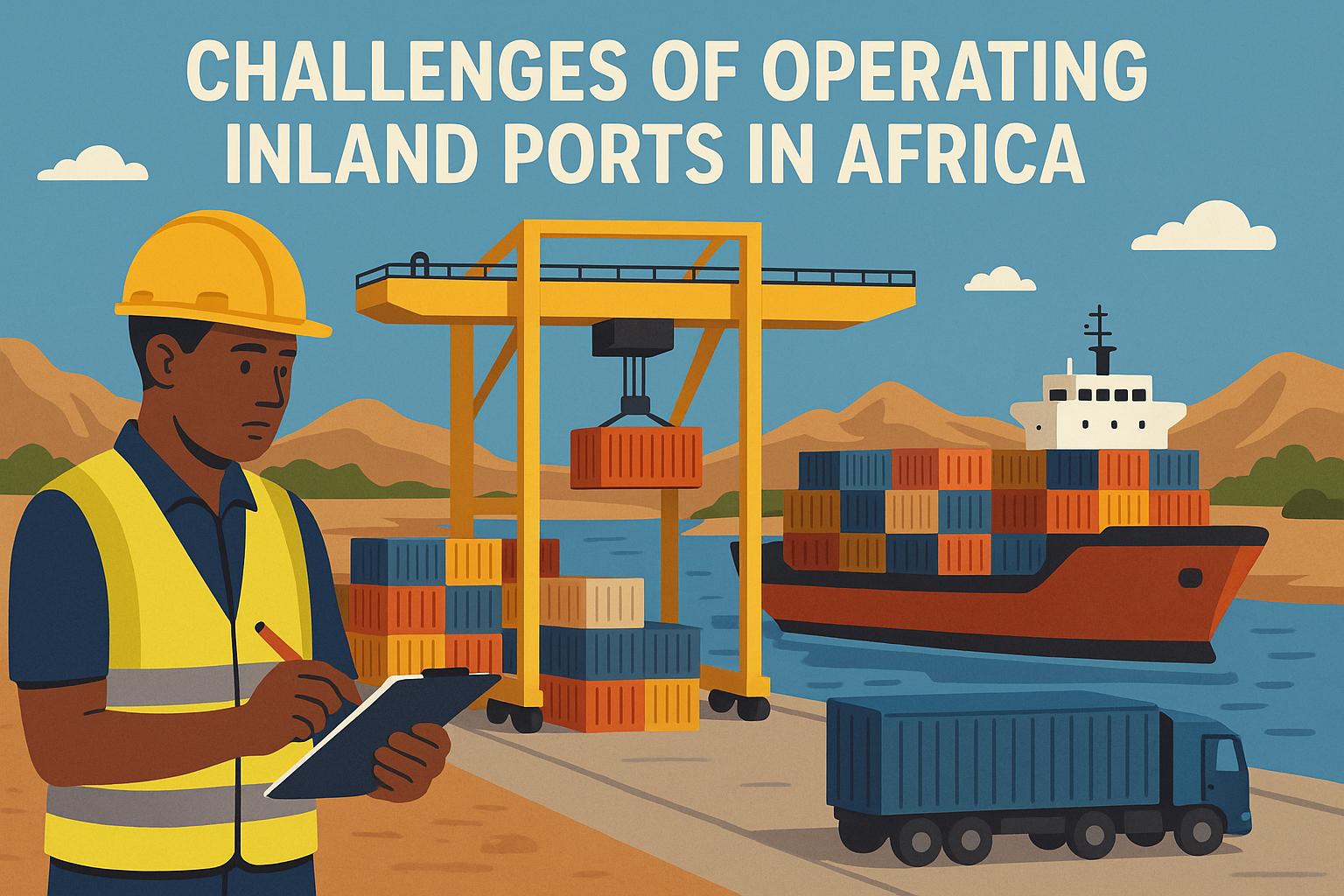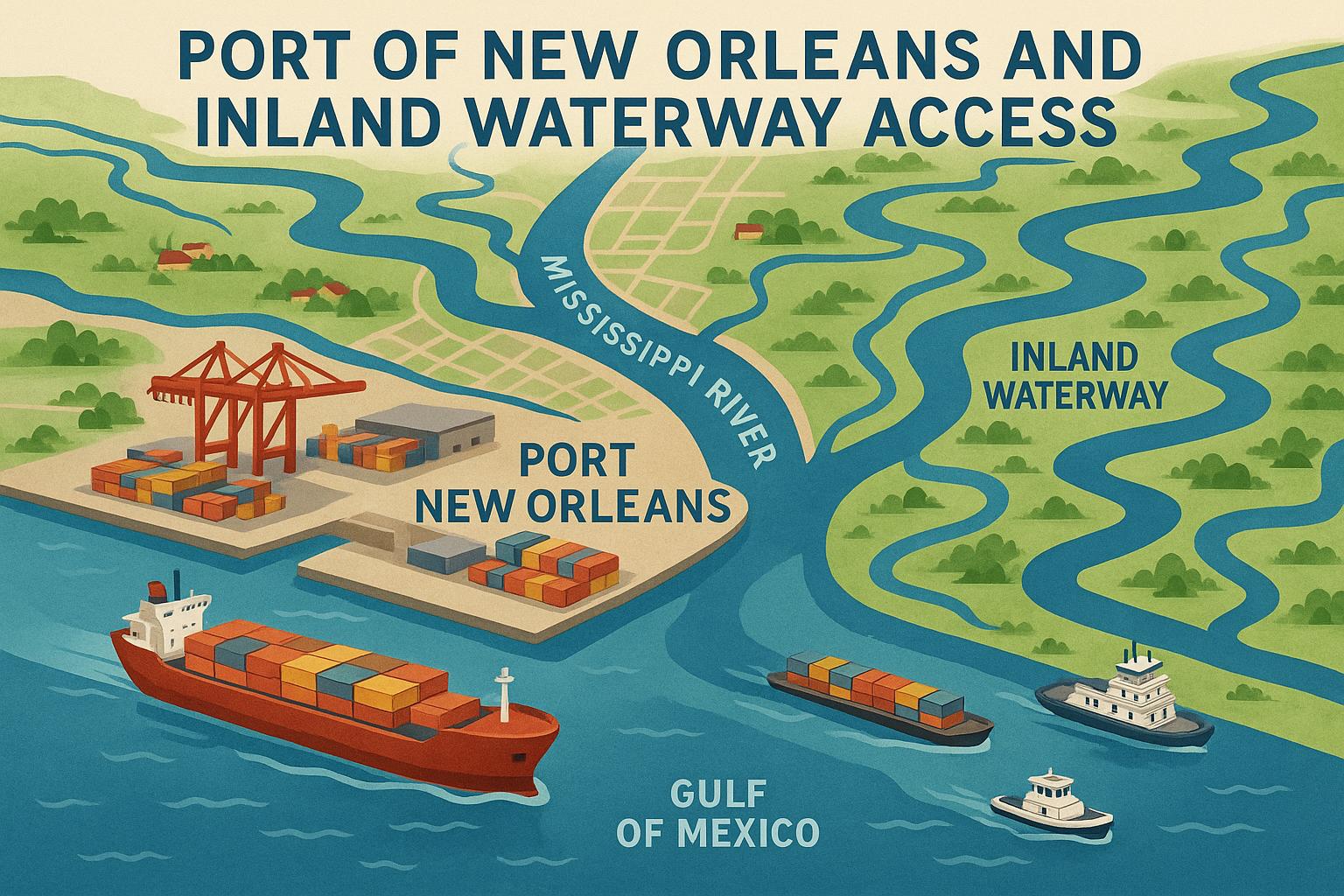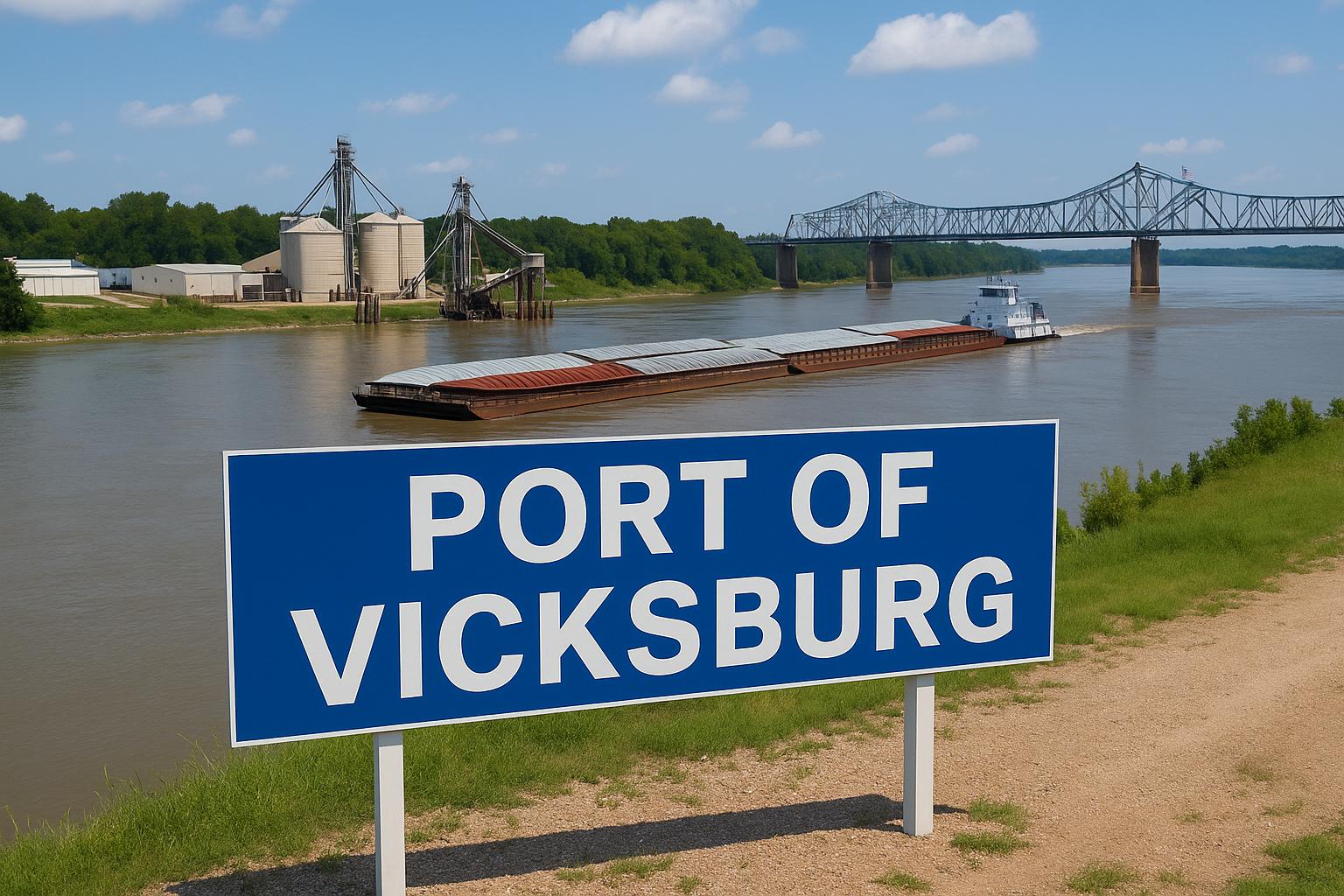Introduction
Inland ports in Africa are integral components of the continent’s logistics and supply chain network. They provide alternatives to traditional sea ports by enabling the movement of goods through intermodal transportation systems. Despite their potential, the operation and management of these ports pose various challenges that can hinder their efficiency and overall effectiveness. These challenges are multifaceted, encompassing geographical, infrastructural, bureaucratic, regulatory, technical, and operational domains. This expanded exploration aims to delve deeper into these challenges to evaluate their impact on the functionality of inland ports within the African context.
Geographical and Infrastructure Challenges
The geographical landscape of Africa presents unique challenges for inland port operations. Many inland ports are situated in regions characterized by inadequate transportation infrastructure, which complicates accessibility and increases costs associated with logistics. In many instances, the limited availability of paved roads and quality rail connections significantly delays the transport of goods, negatively influencing the overall performance of the supply chain.
The geographical expanse of the African continent means that goods often travel great distances over rugged terrain. The challenging physical landscape can escalate transportation costs, reducing the competitiveness of goods handled through inland ports. Therefore, the geographical constraints of Africa necessitate careful planning and investment to overcome these hurdles, reaffirming the importance of robust infrastructure to facilitate the smooth movement of goods.
Limited Investment in Infrastructure
Investment in infrastructure is imperative for the successful operation of inland ports. Unfortunately, financial constraints faced by numerous African countries restrict their capacity to invest in the necessary infrastructure to enhance connectivity and improve logistics networks. Without adequate financial inputs, developing essential facilities like warehouses, container depots, and efficient transport networks remains a challenging endeavor.
Economic instability and constrained budgets in many African nations contribute to the hesitance or inability to invest in the substantial infrastructure upgrades required. Innovative financing models, such as public-private partnerships, can offer solutions, but they often require policy frameworks that support these collaborations. Thus, addressing financial constraints through both domestic and international investment is a prerequisite for the development and expansion of infrastructure supporting inland ports.
Bureaucratic and Regulatory Challenges
The bureaucratic and regulatory environment presents another layer of complexity for inland ports in Africa. Navigating the myriad customs clearance procedures, which are often cumbersome and time-consuming, can result in significant delays in goods handling. The lack of harmonization in regulations across different African countries further complicates operations, requiring operators to adhere to a complex network of rules and requirements.
Government Policy and Legislation
Government policies and legislative frameworks governing inland ports do not always facilitate efficient operations. In several instances, these policies lack the flexibility needed to adapt to changing market dynamics, which hampers competitiveness. Inefficient bureaucracies and instances of corruption exacerbate the challenges by inflating operational costs, making it difficult for inland ports to compete on an equal footing with their coastal counterparts.
Holistic legislative reform is essential to create a conducive environment for inland ports to thrive. Streamlining bureaucratic processes and encouraging transparency can reduce inefficiencies and remove barriers to seamless operations. Moreover, fostering regional integration and harmonizing regulations across countries could play a pivotal role in simplifying the regulatory landscape.
Technical and Operational Challenges
Inland ports face considerable technical and operational challenges that hinder their ability to conduct efficient cargo handling. The absence of modern technology and equipment significantly increases turnaround times, reducing the overall efficiency of port operations. These limitations are further compounded by a lack of skilled labor, as the workforce is frequently untrained in contemporary logistics and port management practices.
Lack of Technological Integration
Technological integration is a critical requirement for the smooth functioning of inland ports. However, the technology gap in many African ports leads to operational bottlenecks, slowing down processes and reducing productivity. Advanced systems for tracking shipments, managing inventory, and streamlining communications can enhance efficiency but come with substantial costs that deter many ports from adopting these crucial technological solutions.
To bridge the technology gap, substantial investments in training programs for port personnel are necessary to enhance their capacity and proficiency in modern logistics. Furthermore, exploring cost-effective technological solutions that align with the unique needs of African ports can ensure that they progressively accommodate advances without incurring prohibitive costs.
Conclusion
Inland ports in Africa present significant opportunities to advance the continent’s logistics capabilities by reducing congestion at coastal ports and facilitating the efficient movement of goods across regions. However, to harness this potential, it is necessary to systematically address the challenges that impede their development. Solutions must be comprehensive and long-term, incorporating strategic investments, favorable regulatory frameworks, and technological advancements. By aligning investments with infrastructural development, fostering policy reforms to cut through bureaucratic inefficiencies, and embracing technology to streamline operations, inland ports can be positioned to play a transformative role in Africa’s economic landscape.




